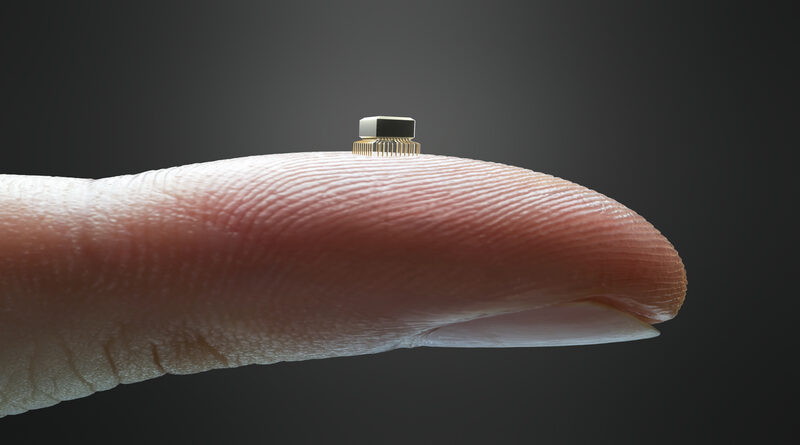The Future of Biometric Authentication Is Way Beyond Mobile Apps
This guest post is submitted by CEO of 360 Degree Technosoft
Before few years, it was just the James Bond movies that showed that door opens with a fingerprint but, now we all have it in our workplace. Also, smartphones have become extra smart and integrated the fingerprint and facial recognition features to unlock them instead of filling the passwords. However, the biometric authentication technology has a bright and shining future apart from what we have seen in the mobile app development industry.
The App Experience
The mobile apps these days asks the user to enter their login details just once. The users remain logged in for flawless user experience or they have to login through social media accounts like Facebook or Google. Well, this is great when it comes to uninterrupted app usage but, it is not that great for keeping the personal details secure. Gaming apps and other low-security apps, the chances of a security breach are way too much higher.
Apps which contains sensitive data like finance apps, baking apps, doing transactions relating to money, having such low security is not acceptable. In such risky apps, integration of biometric login is more favorable. For such data sensitive apps, fingerprint authorization should be asked every time they need to access the app.
Mobile app development companies prioritize user experience over security. Here they need to act smart and use biometric to manage both, password-less experience and security.
When customer login the app with the fingerprint or their face ID, it is stored in the backend and tied to a mobile keychain having their password.
Having a biometric sign-in is a simpler and safer experience and all the mobile applications should be driven to the biometric way.
The Web Experience
Now, that we have seen and discussed the acceptance of biometrics in the mobile apps, which brings us to the thought that we haven’t seen it much on the web side. Companies with higher security tend to rely on the two-factor verification process. This means the user has to feed their contact details on which they will receive a verification code through SMS. The user then has to insert the verification code in the website and then they can access their account. This is a long procedure for users to follow. Also, it creates a lot of gaps.
This gap can be bridged with the integration of biometric technology. Well, the use of biometric tech in the desktop and web apps is still at its inception stage. However, the time is not long when it can be brought into the foreground to reap the maximum benefits. With the right advancement in the technology, the browsers can send a request for the biometrics for user authentication to offer this tremendous experience to the users in the near future. It will help achieve two goals with one move, added security and improved experience.
The Future Of Biometric Integration
First the mobile app development, then the desktop. The question is what next? Where is biometric heading its way? The question is curious and interesting but the answer is even more surprising. The next target for biometric technology is possibly ATM machines, IoT device, and kiosks. The notification is sent to your smartphones and biometric authentication can be done from there. Won’t that be wonderful? Just imagine, you can go the ATM and withdraw cash without carrying your debit card.
The user will receive a notification to scan fingerprint on the registered mobile number and you can process the further transaction. Well, you can be the initial ones to come up with something while others are still wondering whether or whether not to and how? Develop something like this and take the benefit of the innovation among your competitors.
Author Bio :
CEO of 360 Degree Technosoft, an iPhone and Android app development company . Writes about Leadership, Start-up Quests, Social Media, Latest Tech Trends and Mobile Applications.












